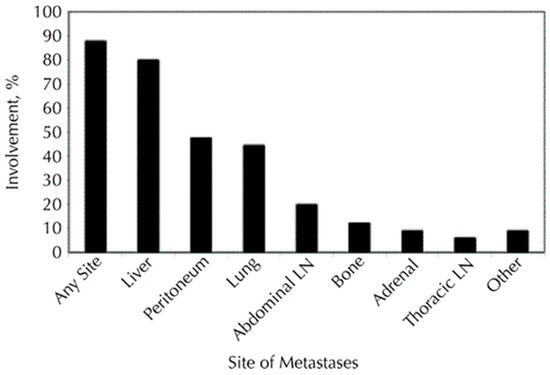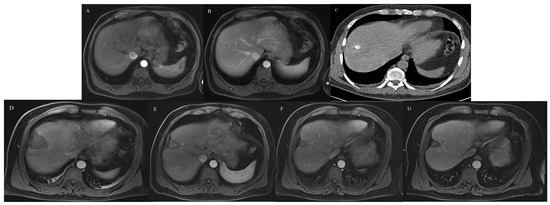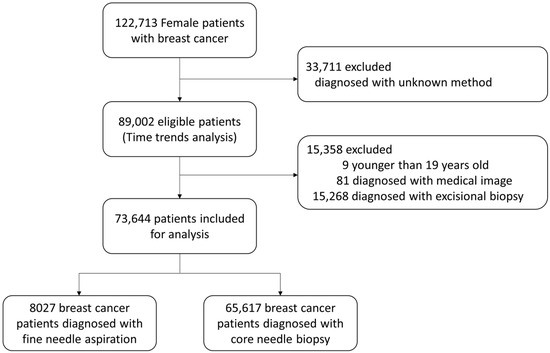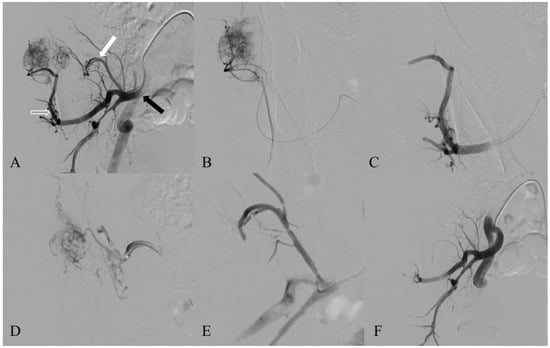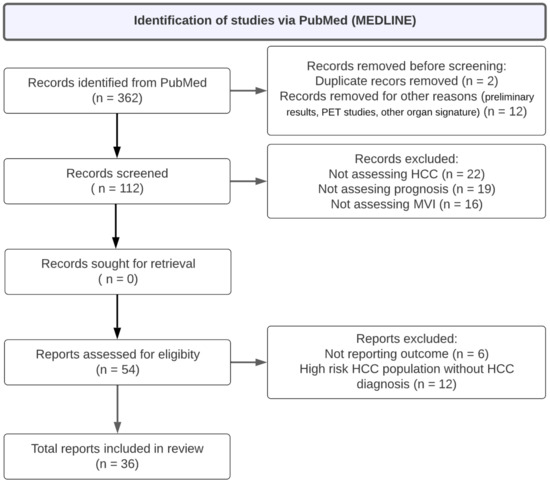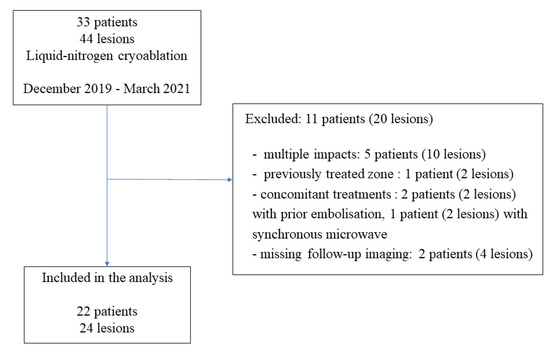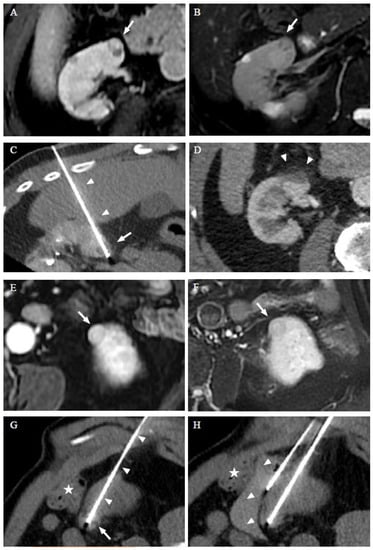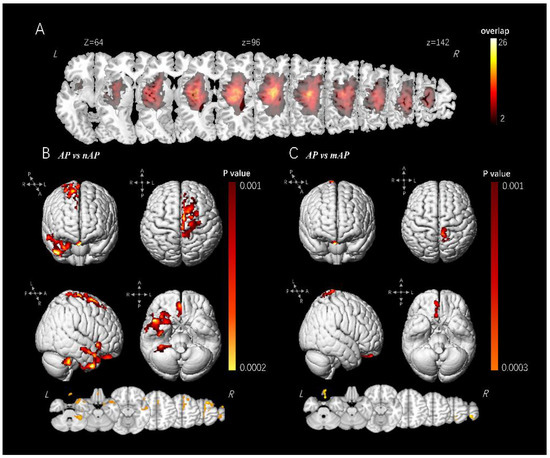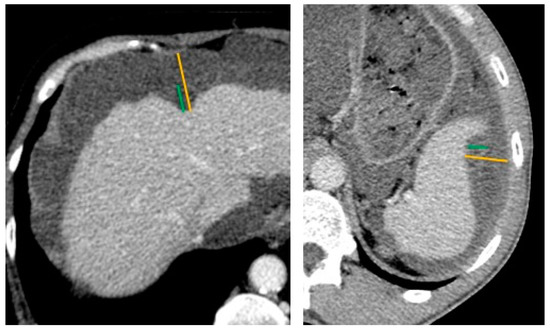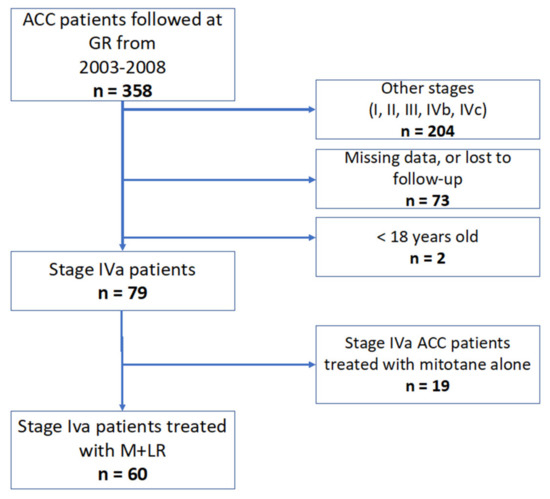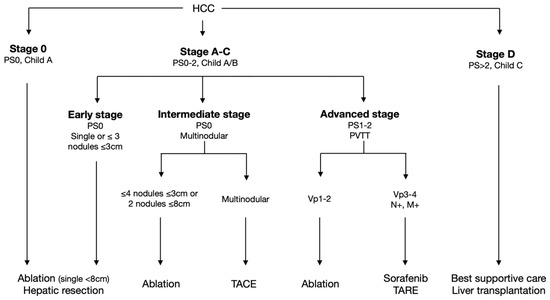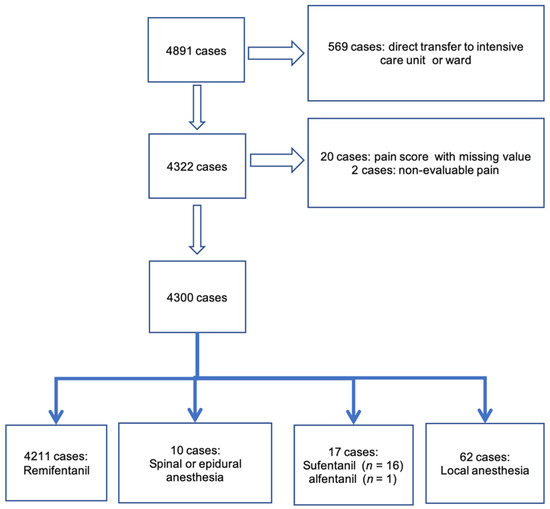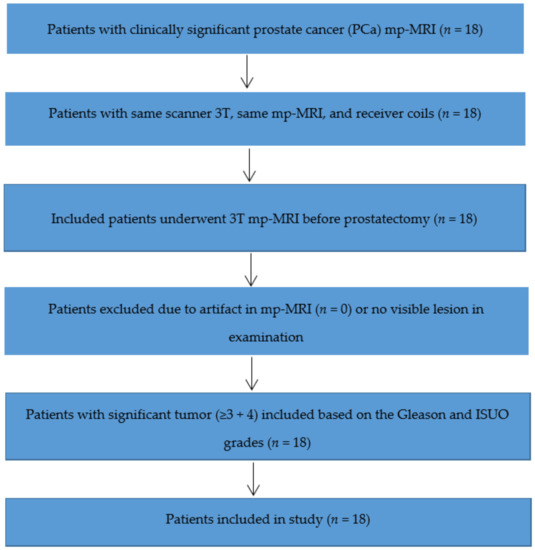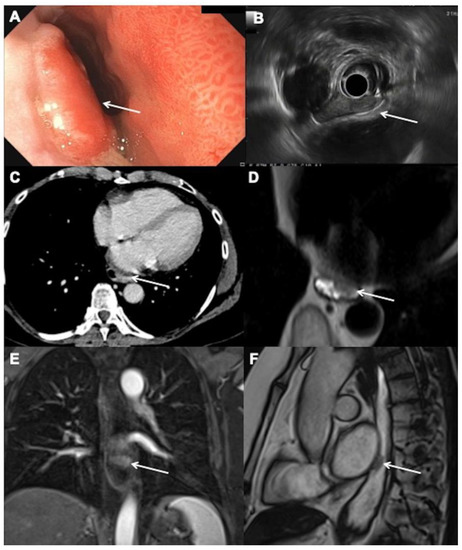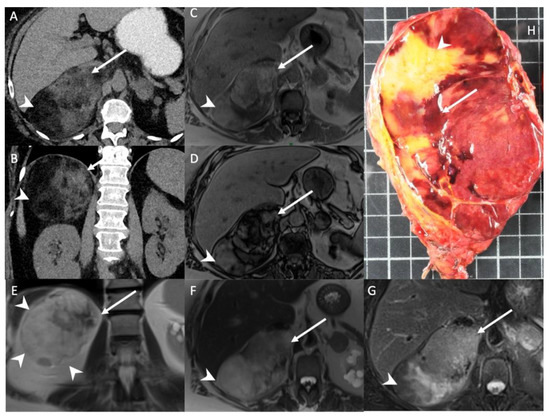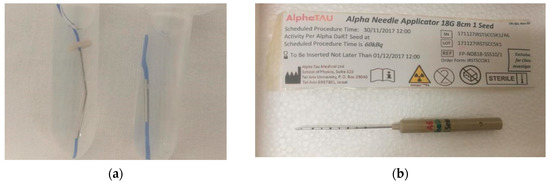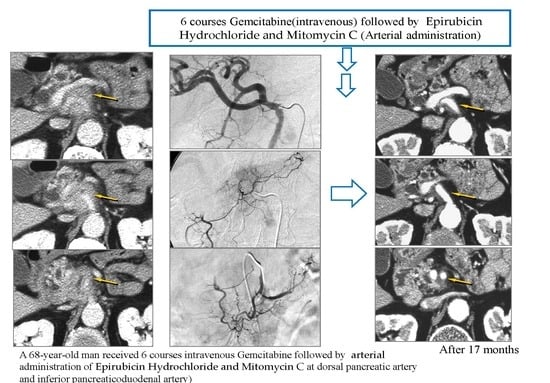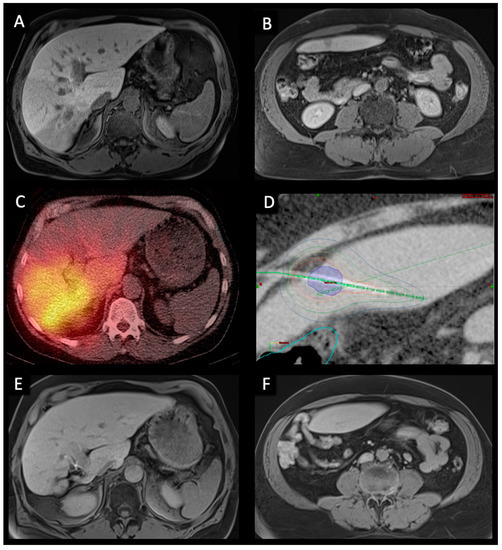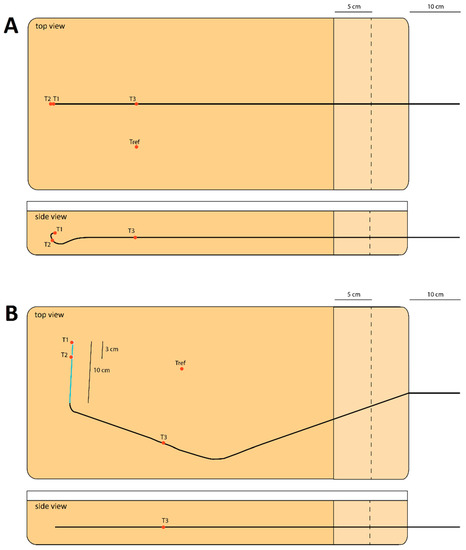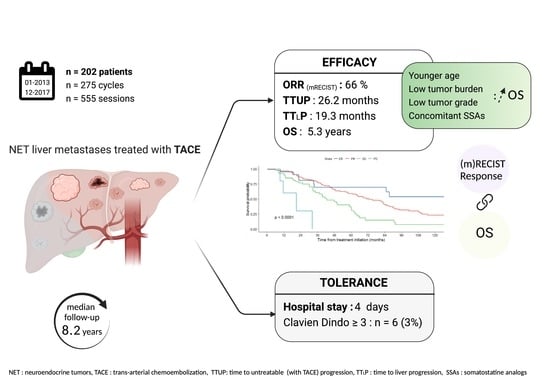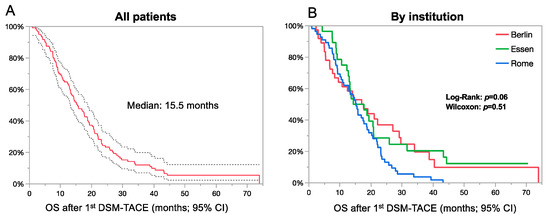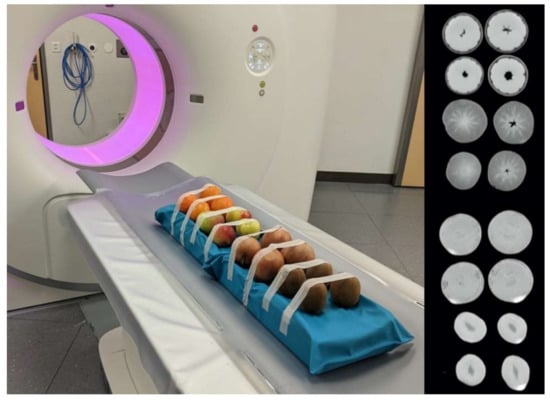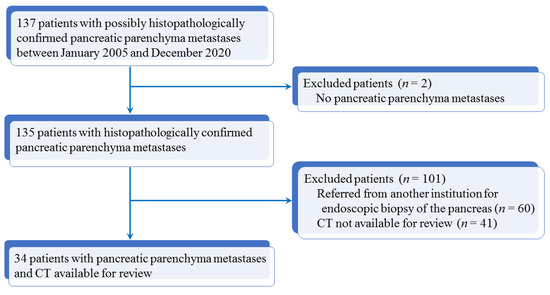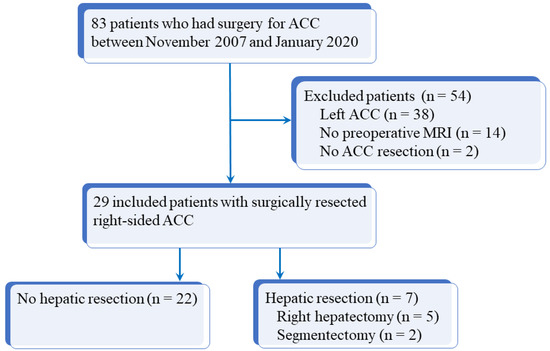Advances in Diagnostic and Interventional Radiology in Oncology
A topical collection in Cancers (ISSN 2072-6694). This collection belongs to the section "Cancer Causes, Screening and Diagnosis".
Viewed by 50634Editor
2. Department of Radiology, Cochin Hospital, AP-HP Centre—Université de Paris, 75014 Paris, France
Interests: abdominal oncologic imaging; radiomics; artificial intelligence; functional imaging; interventional oncology
Topical Collection Information
Dear Colleagues,
Radiology plays a pivotal in the diagnostic, treatment, and follow-up of cancers. At the same time, with the expansion of therapeutic options, interventional radiology is playing a growing part in the curative and palliative management of cancers. Tailored treatment strategies are becoming increasingly available for patients, with a dramatically increasing role of imaging and especially radiomics in the pretreatment assessment of patients as well as follow-up after treatments. This Topical Collection illustrates the growing role of diagnostic radiology and of radiomics in the prognostication of cancer before treatments or at an early stage, and it provides insights into new therapeutic options available thanks to the development of interventional radiology as a standard of care in several cancers, especially in hepatocellular carcinoma. Future perspectives for further tailored strategies and mini-invasive therapeutic options are also presented and discussed.
Prof. Dr. Anthony Dohan
Collection Editor
Manuscript Submission Information
Manuscripts should be submitted online at www.mdpi.com by registering and logging in to this website. Once you are registered, click here to go to the submission form. Manuscripts can be submitted until the deadline. All submissions that pass pre-check are peer-reviewed. Accepted papers will be published continuously in the journal (as soon as accepted) and will be listed together on the collection website. Research articles, review articles as well as short communications are invited. For planned papers, a title and short abstract (about 100 words) can be sent to the Editorial Office for announcement on this website.
Submitted manuscripts should not have been published previously, nor be under consideration for publication elsewhere (except conference proceedings papers). All manuscripts are thoroughly refereed through a single-blind peer-review process. A guide for authors and other relevant information for submission of manuscripts is available on the Instructions for Authors page. Cancers is an international peer-reviewed open access semimonthly journal published by MDPI.
Please visit the Instructions for Authors page before submitting a manuscript. The Article Processing Charge (APC) for publication in this open access journal is 2900 CHF (Swiss Francs). Submitted papers should be well formatted and use good English. Authors may use MDPI's English editing service prior to publication or during author revisions.
Keywords
- biomarkers
- radiomics
- texture analysis
- artificial intelligence
- HCC
- interventional radiology






